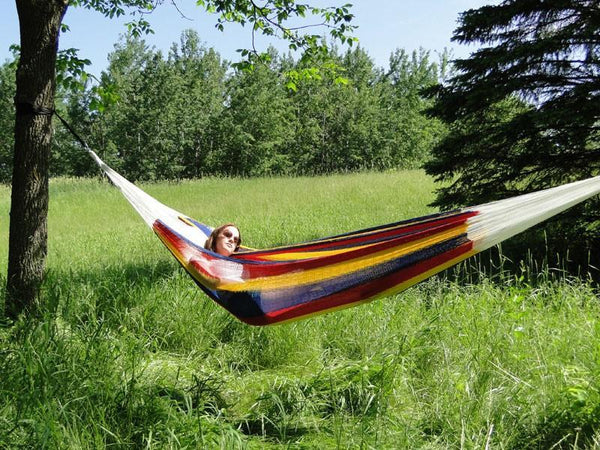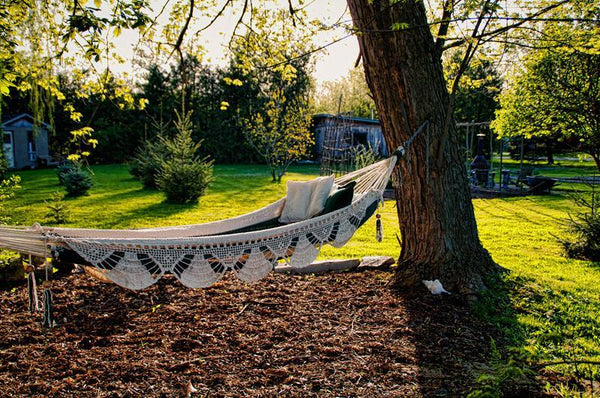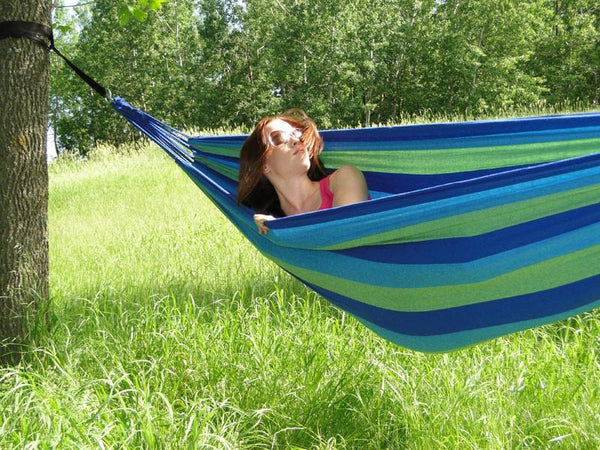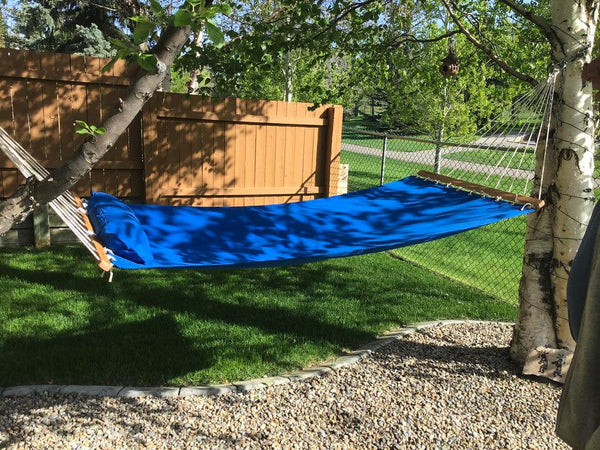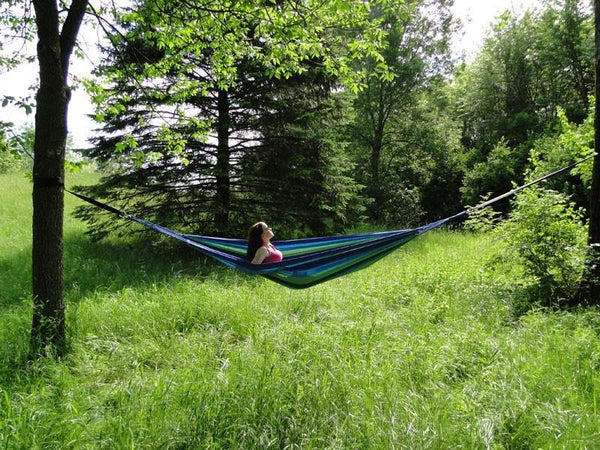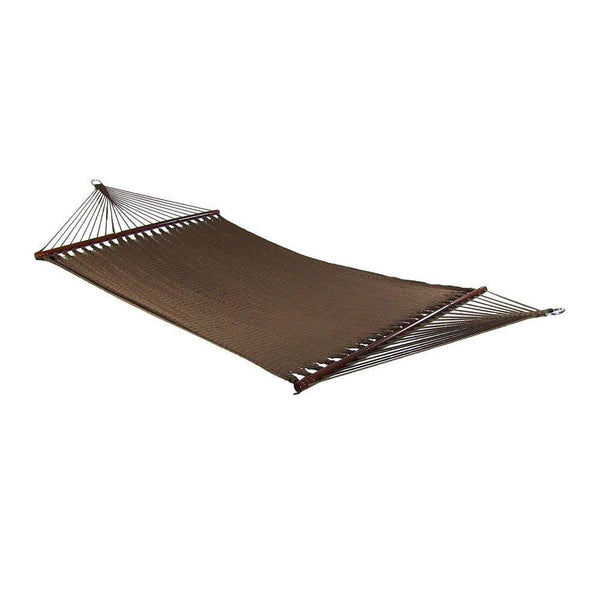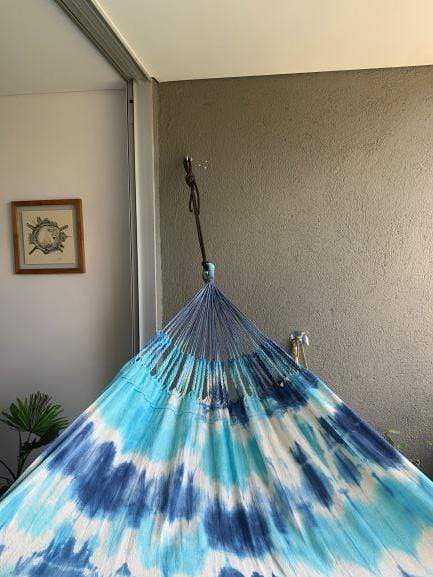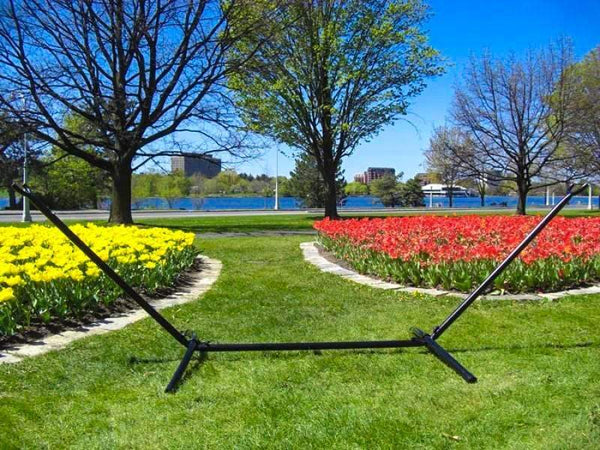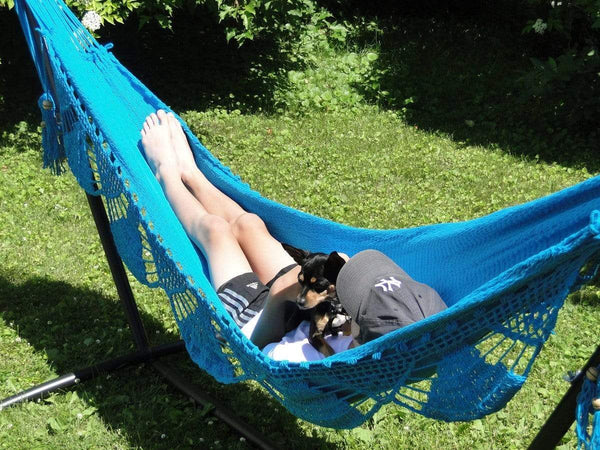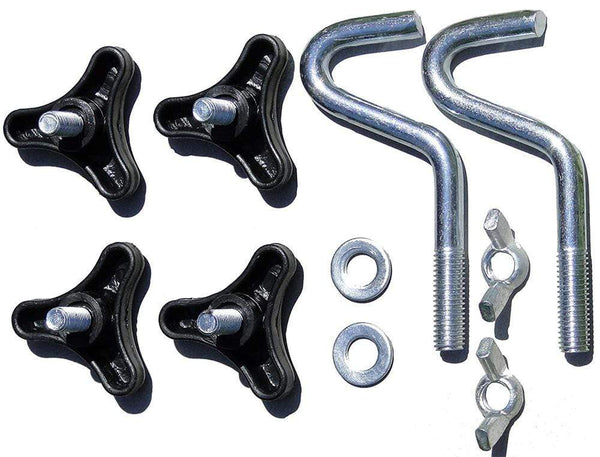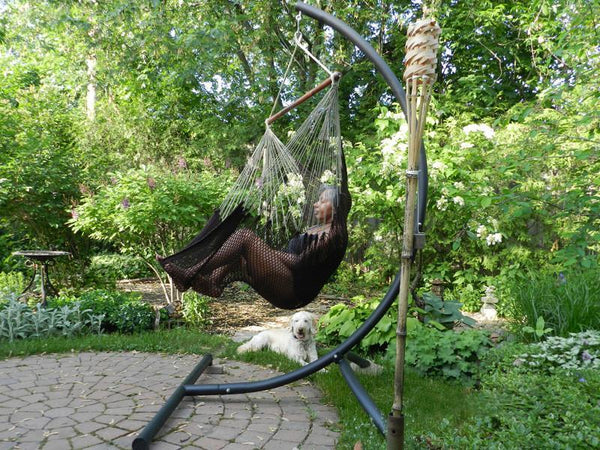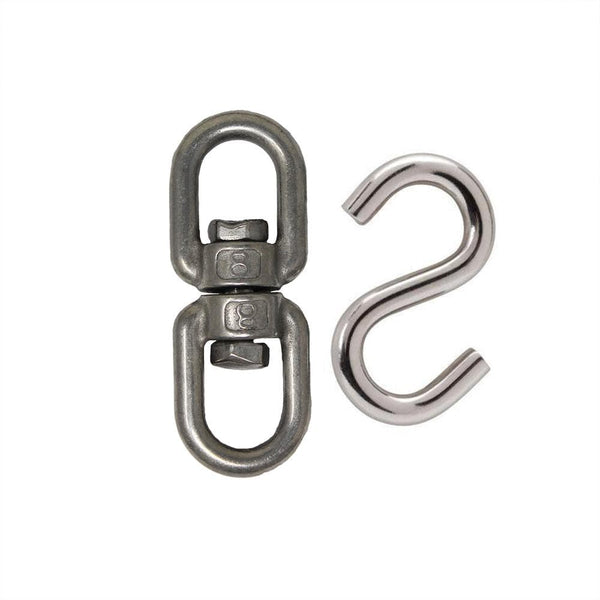FREE SHIPPING on most orders $25+ HAMMOCK BUYING GUIDE
Menu
-
-
Hammocks
-
Hammock Stands
-
Hammocks with Stands
-
Hanging Hammock Chairs
- View all Hammock Chairs
- Brazilian Style Hammock Chairs
- Colombian Hammock Chairs
- Mayan Hammock Chairs
- Mayan Hammock Chairs Deluxe
- Universal Hammock Chair Stand
- U Hammock Chair Stand
- Brazilian Hammock Chair with Universal Chair Stand
- Colombian Hammock Chair with Universal Chair Stand
- Mayan Hammock Chair with Universal Chair Stand
- Mayan Hammock Chair Deluxe with Universal Stand
-
Accessories
- Gift Cards
- Tools and Guides
- Bargain Bin
-
- 1-800-207-4761
- Login

FREE SHIPPING on most orders $25+ HAMMOCK BUYING GUIDE
Proper Winter Storage for Hammock Protection and Longevity
September 09, 2019 4 min read
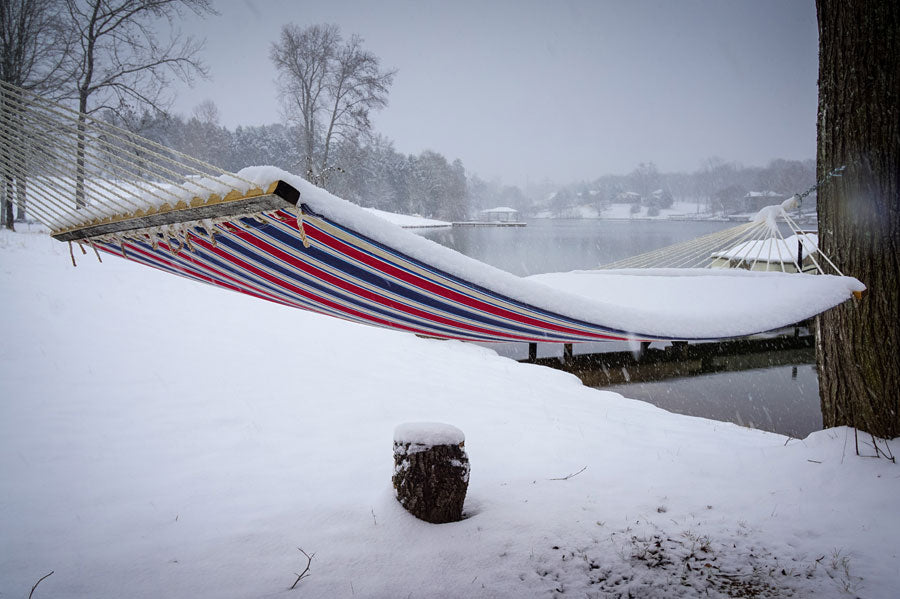
Tips for Taking Care of Your Hammock Throughout the Cold Season
As summer sadly comes to an end, next thing you know, winter will be right around the corner, which means it’s time to retire your hammock until the warm season arrives next year – unless you're brave enough to partake in winter hammock camping!
But to make sure your hammock will last for many more seasons, it’s important to take good care of it and ensure it is properly stored during the off-season.
Can You Leave Hammocks Outside in The Winter or When It’s Raining?
While certain types of hammocks can withstand a bit of rain or snow, it’s not recommended that you leave them outside during such conditions for extended periods.
Bringing them inside during poor weather conditions will help ensure that you are able to enjoy your hammock for many more years to come.
What Happens When You Leave Them Out?
How your hammock will react to the elements depends on the material.
For natural fabrics like cotton, your hammock can fade, develop mold growth, and begin to rot when exposed to prolonged periods of rain and snow.
Manmade fibres such as nylon and polyester, on the other hand, are far more resistant to wear due to the elements as they are not susceptible to rot. But again, it’s best not to test their strength and move them indoors during wet weather conditions.
The best way to ruin a hammock? Leave it out during the winter.
Particularly during those harsh Canadian winters, it’s important to store your hammock properly. If left outside during the colder season, snow and ice can buildup and too much unnecessary stress on the hammock.
Hammock Storage Tips
Whether you’re new to the joy of hammocks, or are a long-time enthusiast, it’s never too early or too late – unless your hammock has rotted – to start following some winter storage best practices.
Here are some tips for storing your hammock when not in use.
Making Sure It’s Clean
Before storing your hammock away for the season, be sure to give it a good wash.
Most traditional cotton hammocks can be machine washed individually on the gentle setting; however, you are better off washing them by hand.
Here are some instructions for washing your hammock:
- Tie the two end loops of the hammock together with a string
- Use elastics or cords to tie your hammock strings around 20 to 25 cm apart to prevent them from tangling.
- If it’s your first time washing your hammock, start by rinsing the hammock in cold water along with a handful of salt. This will help prevent the colour from fading.
- When washing the hammock by hand, be gentle and use lukewarm water along with a mild detergent and rinse thoroughly.
- For machine washing, tuck your hammock’s end strings into the bag that it came with, and pull the drawstring of the bag to fasten it tightly. Make sure that the strings are not exposed when putting it in the washing machine. Use the cool and gentle cycle. Do not put it in the dryer.
- To dry your hammock, squeeze out any excess water, untie the strings, and hang it just as you typically would. Placing a stick across the hammock can help to spread it out so it will dry more quickly and thoroughly.
Making Sure It’s Dry
To avoid mold from growing, never store your hammock until it is thoroughly dry, and do not fold or pack away your hammock in its bag if it is still wet or damp. Also be careful not store it in a damp place.
How to Properly Store
While you can fold or pack your hammock in the bag it came in when not in use, another good way to store it is by hanging it indoors.
Hang the hammock from a hook or a single nail in a closet or storage room. Make sure the storage area is dry to prevent mildew or rot.
Protecting Your Hammock from Potential Threats
Cotton is an incredibly appealing material to many animals like mice, squirrels, and birds, for both food and nesting. So, if you’re planning to store your hammock outside in a shed or garage, take special precautions to protect it from any critters that might see your hammock as a snack or nesting site.
The best way to protect your hammock from predators while in storage is by keeping it in either a bag or closed container.
But if you’d prefer to hang your hammock while in storage, try hanging some windchimes nearby to help spook any pests that come near it.
While it may not seem all that important, properly storing your hammock is essential to ensure you get lots of enjoyment out of it for many years to come. So, when it comes time to bring your hammock indoors for the cold season, refer back to these tips to make sure you are taking proper care of it throughout the winter.
Safety First!
When using a hammock*, safety is paramount. Please make sure to follow these important guidelines when purchasing, installing and using a hammock
*(includes Hammock, Hammock Chair, Hammock Stand and Hammock Accessories)
Safety First!
When using a hammock*, safety is paramount. Please make sure to follow these important guidelines when purchasing, installing and using a hammock
*(includes Hammock, Hammock Chair, Hammock Stand and Hammock Accessories)
Related Products
Want to relax?
Join for exclusive content and promotions we only give to our email list!

